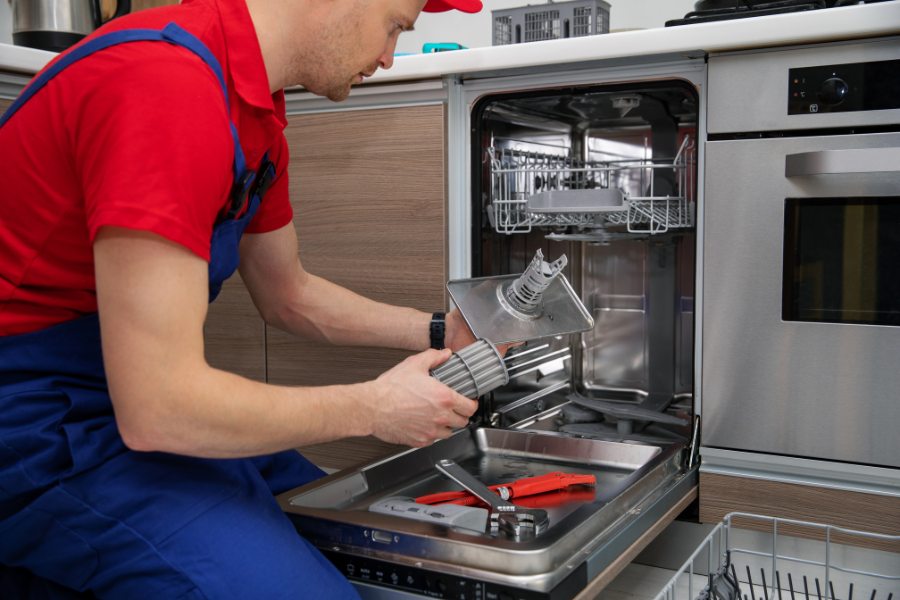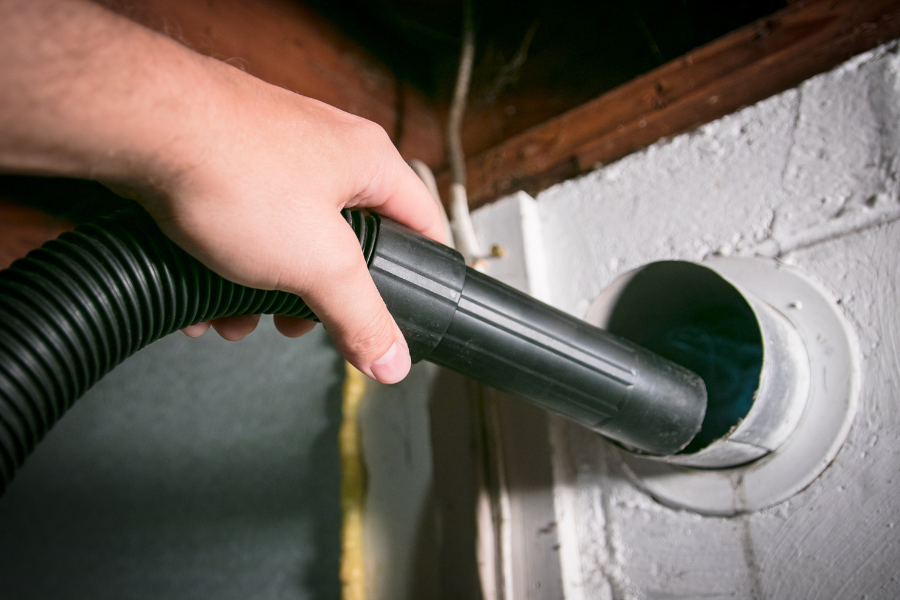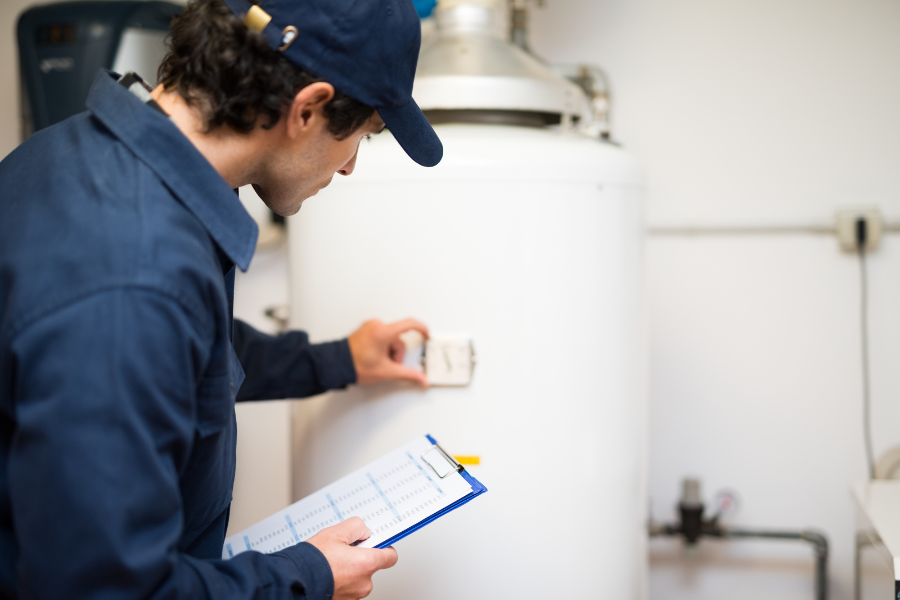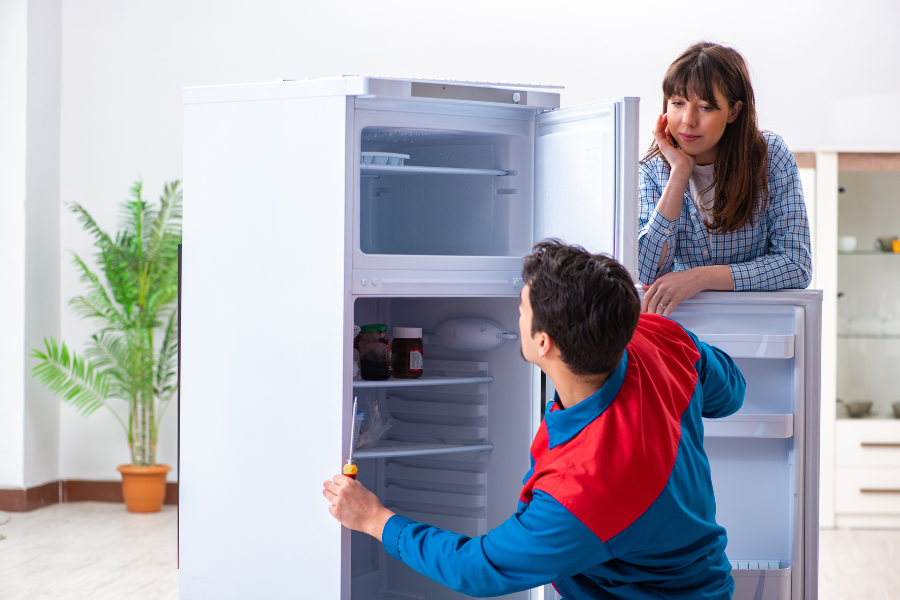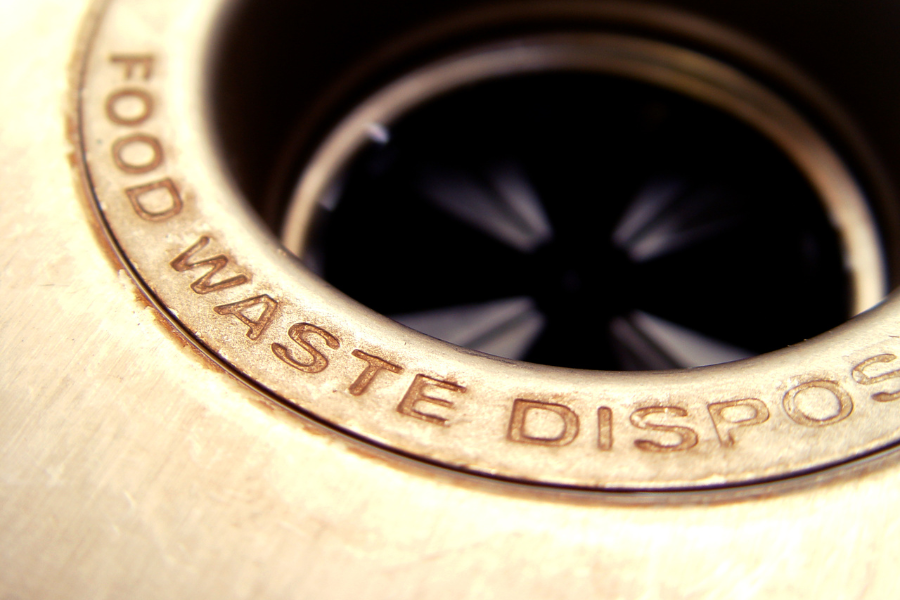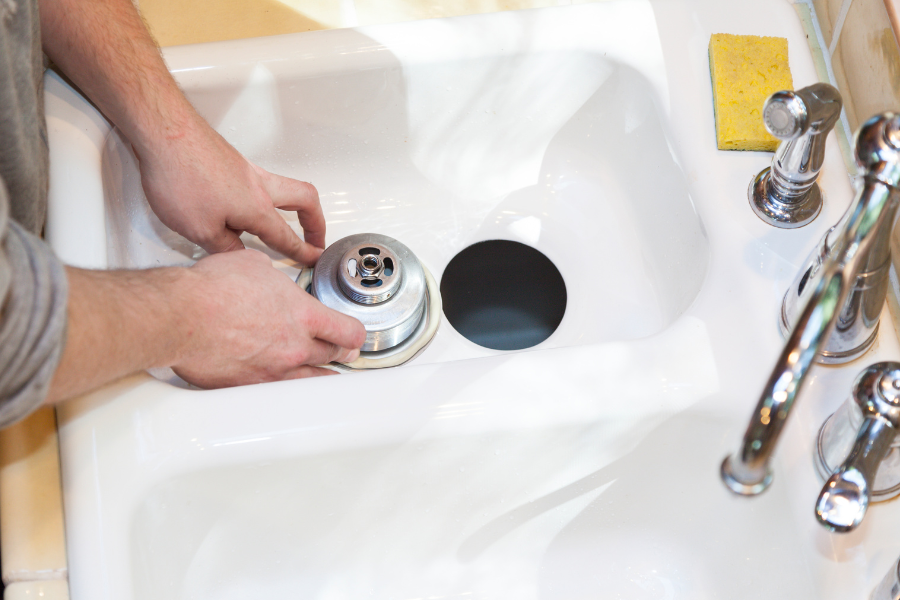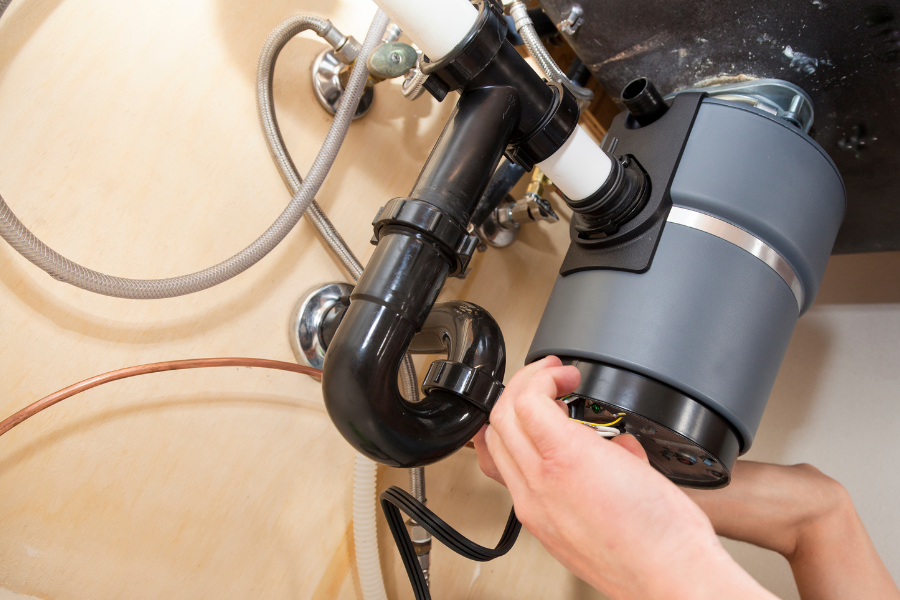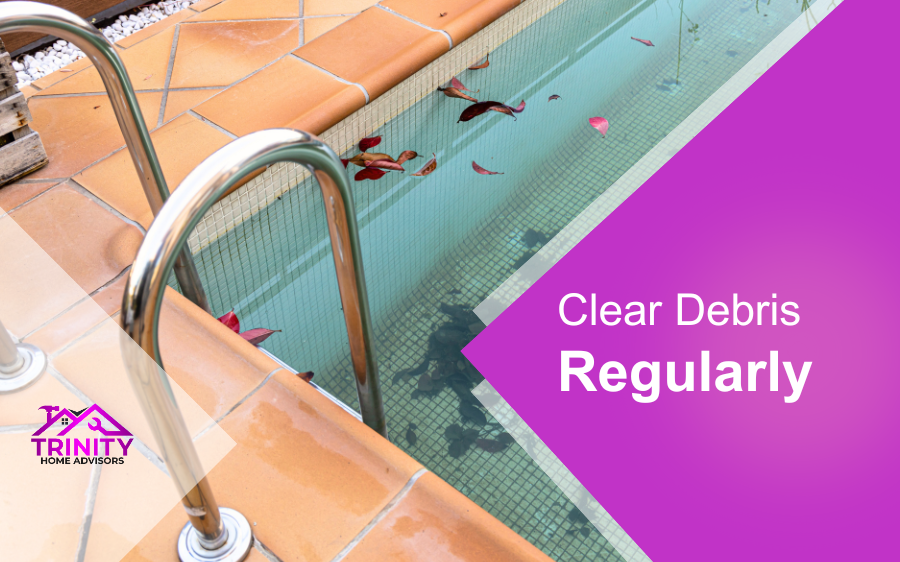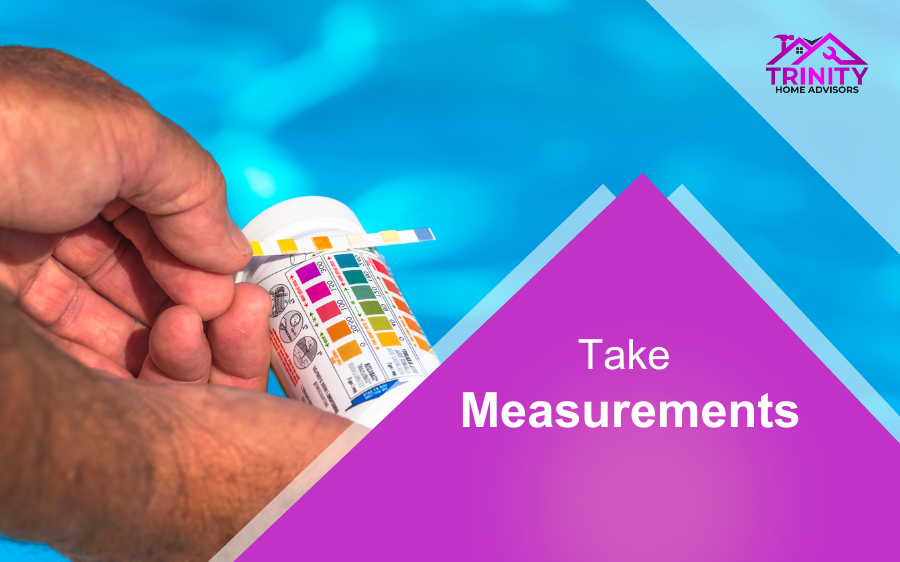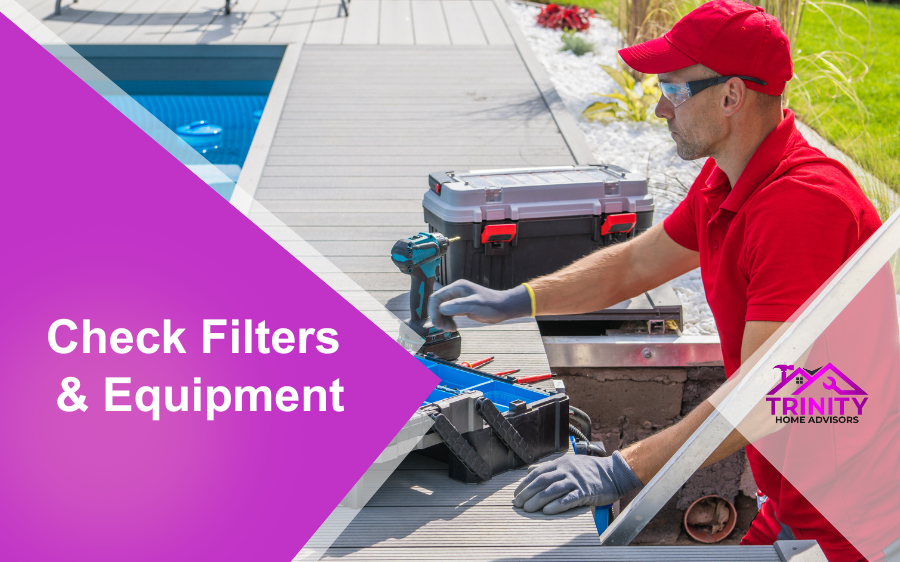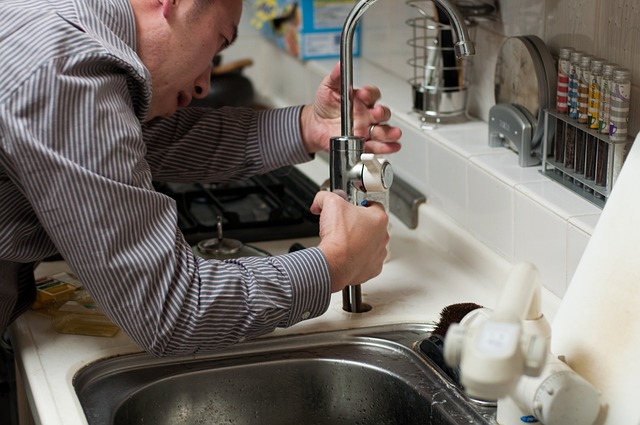
Maintaining a home is expensive, particularly today. Homeowners need every advantage they can get, which makes purchasing a home warranty/residential service contract a smart decision. These agreements can help cover major appliances and necessities like your water heater. But what about your plumbing system? Does a home warranty/residential service contract cover plumbing?
The answer is “yes”, but there are a few caveats to understand. We’ll walk you through them in this blog post.
The Need for Plumbing Coverage
Why worry about your plumbing system? For many homeowners, out of sight means out of mind. At least until there’s a clog that backs up the sewage or a leak that damages your sheetrock. Then you’ll need to call a plumber and shell out cash for a repair.
In many cases, just getting a plumber out to your home costs $100, not counting the cost of the repair, which can easily cost hundreds of dollars. With serious issues, you could be looking at a repair cost in the thousands of dollars.
Home warranties help offset those costs. You’ll pay a set amount for your warranty, and it covers the cost of repairs and replacements. So, if your water heater fails, you don’t have to worry about shelling out $2,000 or $3,000.
Home Warranties and Plumbing Coverage
First, if your home warranty/residential service contract company does cover plumbing, chances are good that coverage is not part of the standard package. You’ll need to choose it from the list of optional items. Other types of optional coverage you might want to consider include:
- Garage door opener
- Secondary AC units
- Septic systems
- Secondary/garage refrigerator
- Well pump
- Pool pump/spa equipment
Understanding Home Warranty/Residential Service Contract Plumbing Coverage
Now let’s explore the typical coverage offered on plumbing. Understanding this can make a major difference in your peace of mind and stress level if an emergency occurs.
What’s Covered?
In most cases, a home warranty/residential service contract company will cover the majority of your interior plumbing system. You’ll need to check your policy or speak with your home warranty/residential service contract company to determine the exact covered items because they do vary.
This is important protection because your homeowner’s policy will not cover these items. It’s designed to cover the structure of your home in the event of an emergency or natural disaster, like a fire. Your insurance company may not even cover the damage caused by a burst pipe, which can inundate your walls, floor, and ceiling with water leading to mold growth, discoloration, rot, and the need for replacement.
What’s Not Covered
While your home warranty/residential service contract will cover many plumbing-related issues, some things are excluded. For instance, most home warranties/residential service contracts exclude all piping that’s outside your home. That includes water supply lines running to your home, as well as sewer lines running away from your home. Note that septic lines and tanks don’t fall under this heading. They’re usually covered as separate line items on your home warranty/residential service contract policy.
In Conclusion
Do home warranties/residential service contracts cover plumbing? Yes, but this coverage is often optional. Double-check your warranty to ensure that you’ve purchased plumbing coverage and verify which items are covered and which are excluded.
Don’t have a home warranty/residential service contract yet? At Trinity Home Advisors, we give homeowners just like you the peace of mind you deserve. Get in touch with us today to learn more about how we can protect your home and save you money and sanity.
Source:


